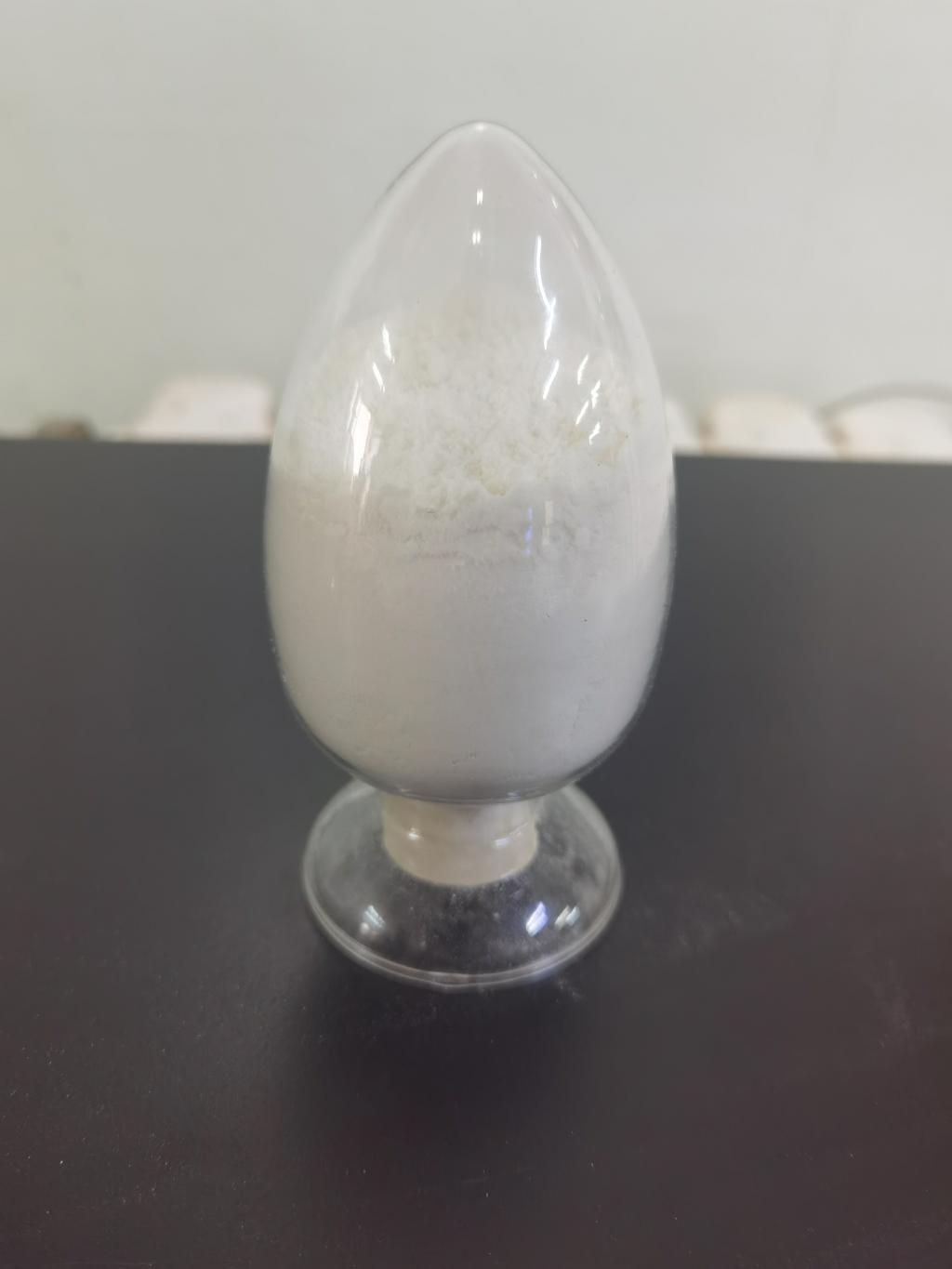Tel:+8618231198596

News
 CONTACT
CONTACT
 CONTACT
CONTACT
- Linkman:Linda Yao
- Tel: +8618231198596
- Email:linda.yao@dcpharma.cn
- Linkman:CHARLES.WANG
- Department:Overseas
- Tel: 0086 0311-85537378 0086 0311-85539701
News
Can ε-Polylysine hydrochloride be used in the preservation of fermented food products?
TIME:2023-06-06
Properties of ε-Polylysine Hydrochloride:
ε-Polylysine hydrochloride is a cationic biopolymer derived from the fermentation of Streptomyces albulus. It is a natural, non-toxic, and biodegradable substance that has been approved for use in various countries, including Japan and the European Union, as a food preservative. ε-Polylysine hydrochloride exhibits stability over a wide pH range and has a high water solubility, making it suitable for use in different food systems.
Mode of Action:
The antimicrobial activity of ε-polylysine hydrochloride stems from its cationic nature. It interacts with the negatively charged microbial cell membranes, leading to membrane disruption and cell lysis. This mode of action makes it effective against a broad spectrum of microorganisms, including bacteria, fungi, and yeast. Importantly, ε-polylysine hydrochloride has shown low toxicity toward mammalian cells, making it safe for consumption.
Effectiveness in Preservation:
Studies have demonstrated the efficacy of ε-polylysine hydrochloride in inhibiting the growth of spoilage microorganisms in fermented foods. It has been effective against various pathogens, including Lactic acid bacteria, Bacillus, and yeasts. By reducing microbial growth, ε-polylysine hydrochloride helps extend the shelf life of fermented products and maintain their sensory quality. Furthermore, it does not affect the fermentation process or inhibit the growth of beneficial microorganisms involved in the fermentation.
Potential Applications:
ε-Polylysine hydrochloride holds promise as a preservation agent in various fermented food products, including:
a. Dairy Products: Fermented dairy products such as yogurt, cheese, and sour cream are susceptible to spoilage caused by bacterial contamination. ε-Polylysine hydrochloride can be added during the production process to inhibit the growth of spoilage bacteria and extend the product's shelf life.
b. Fermented Vegetables: Fermented vegetables, like sauerkraut and kimchi, undergo a lactic acid fermentation process. The addition of ε-polylysine hydrochloride can help prevent the growth of undesirable microorganisms and maintain the desired flavor and texture of these products.
c. Fermented Meats: Traditional fermented meats, such as salami and sausages, are prone to microbial contamination during processing and aging. ε-Polylysine hydrochloride can be incorporated into the curing blend or applied as a surface treatment to control microbial growth and enhance the safety of these products.
d. Fermented Beverages: Beverages like kombucha and kefir undergo fermentation by specific microbial cultures. The addition of ε-polylysine hydrochloride can act as a safeguard against contamination by spoilage microorganisms, ensuring the stability and quality of the final product.
Safety Considerations:
ε-Polylysine hydrochloride has been extensively studied for its safety in food applications. It is generally recognized as safe (GRAS) and has been approved for use in several countries. Nevertheless, it is essential to adhere to the recommended usage levels and regulatory guidelines to ensure safe consumption.
Conclusion:
ε-Polylysine hydrochloride offers significant potential as a preservation agent in fermented food products. Its antimicrobial properties, natural origin, and compatibility with various food systems make it an attractive alternative to synthetic preservatives. By inhibiting the growth of spoilage microorganisms, ε-polylysine hydrochloride can extend the shelf life of fermented foods while preserving their sensory attributes and nutritional value. Further research and application-specific studies are warranted to explore the optimal usage levels and effects on specific fermented products, paving the way for its wider adoption in the food industry.
- Tel:+8618231198596
- Whatsapp:18231198596
- Chat With Skype







